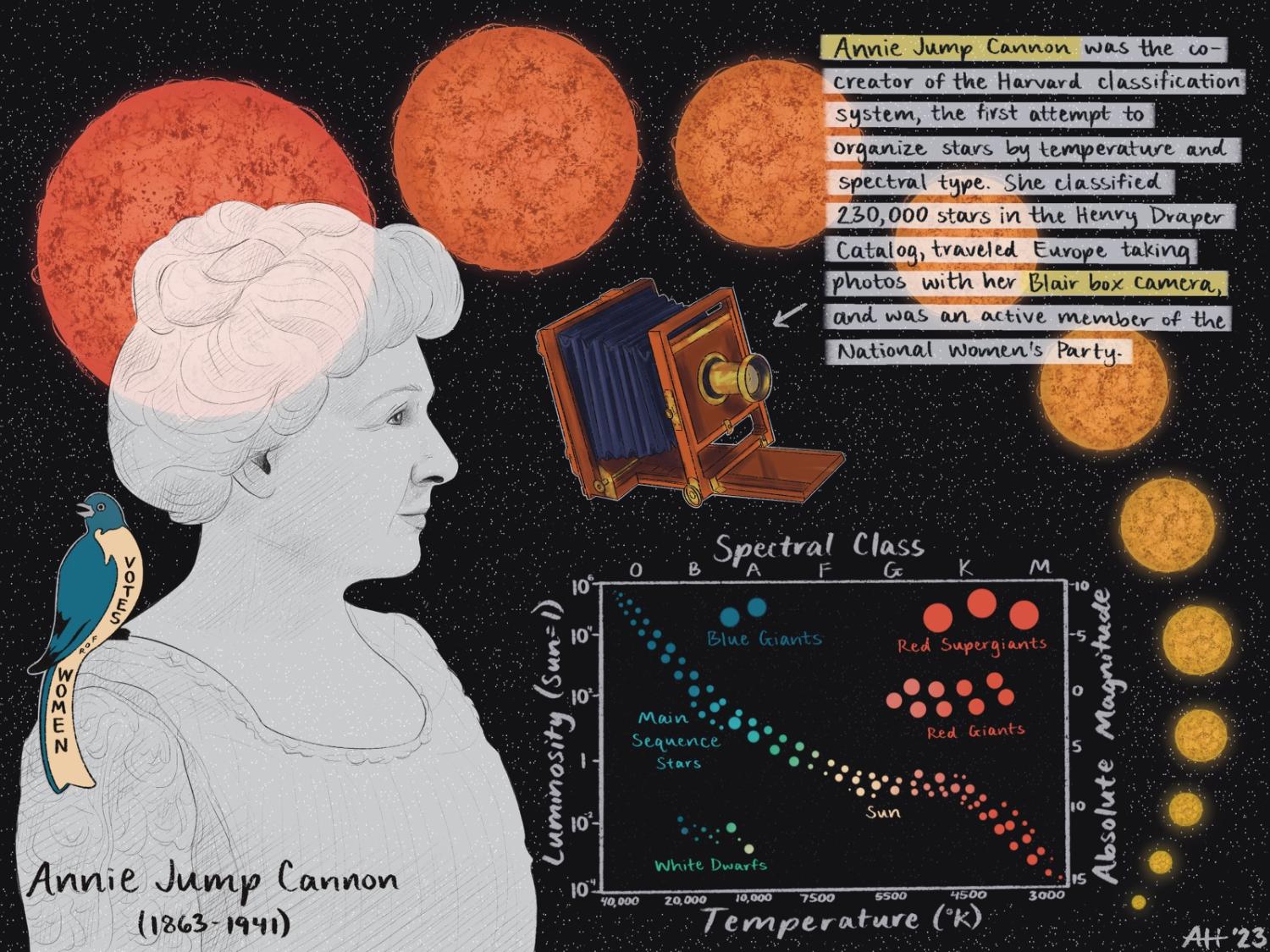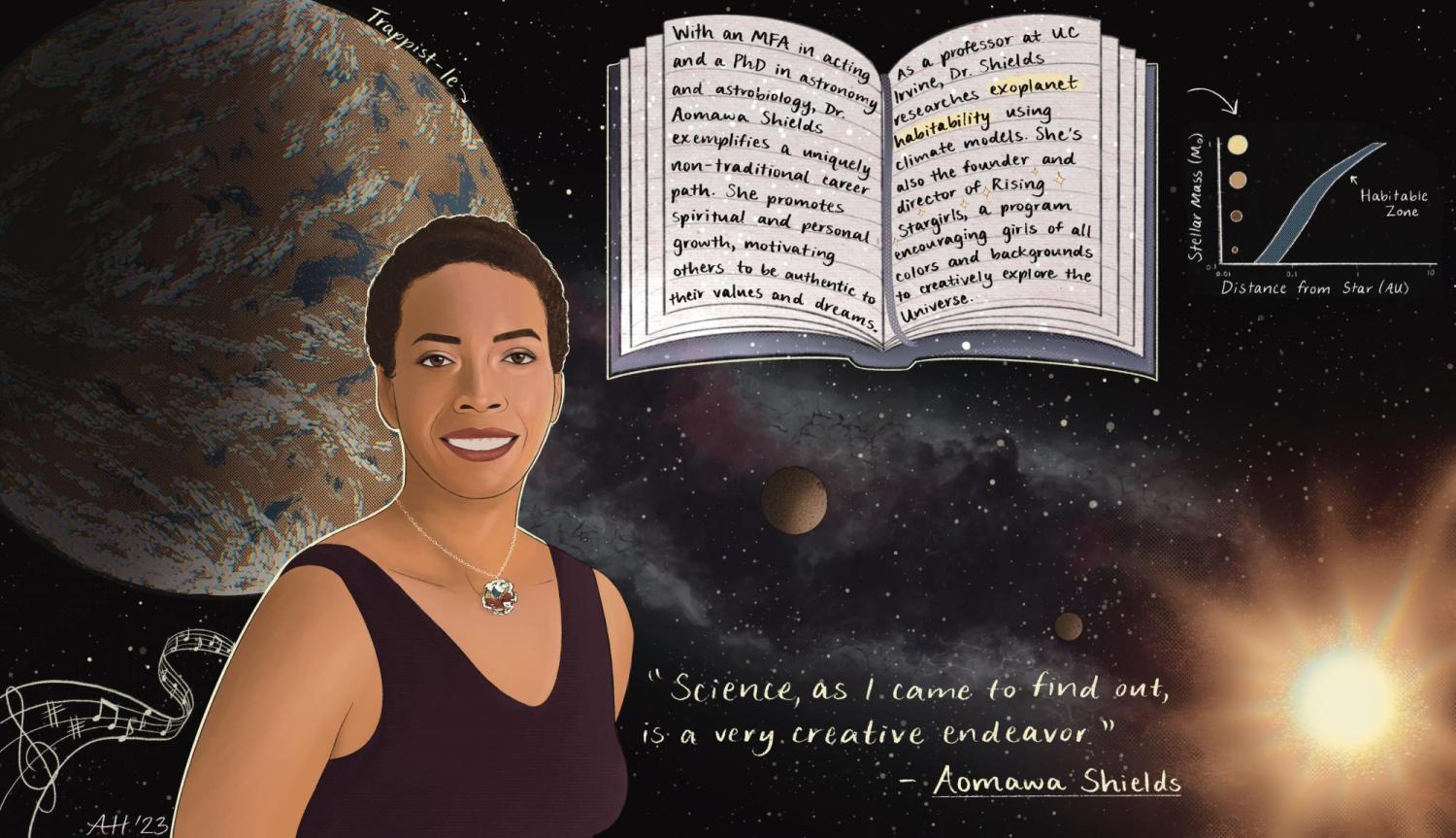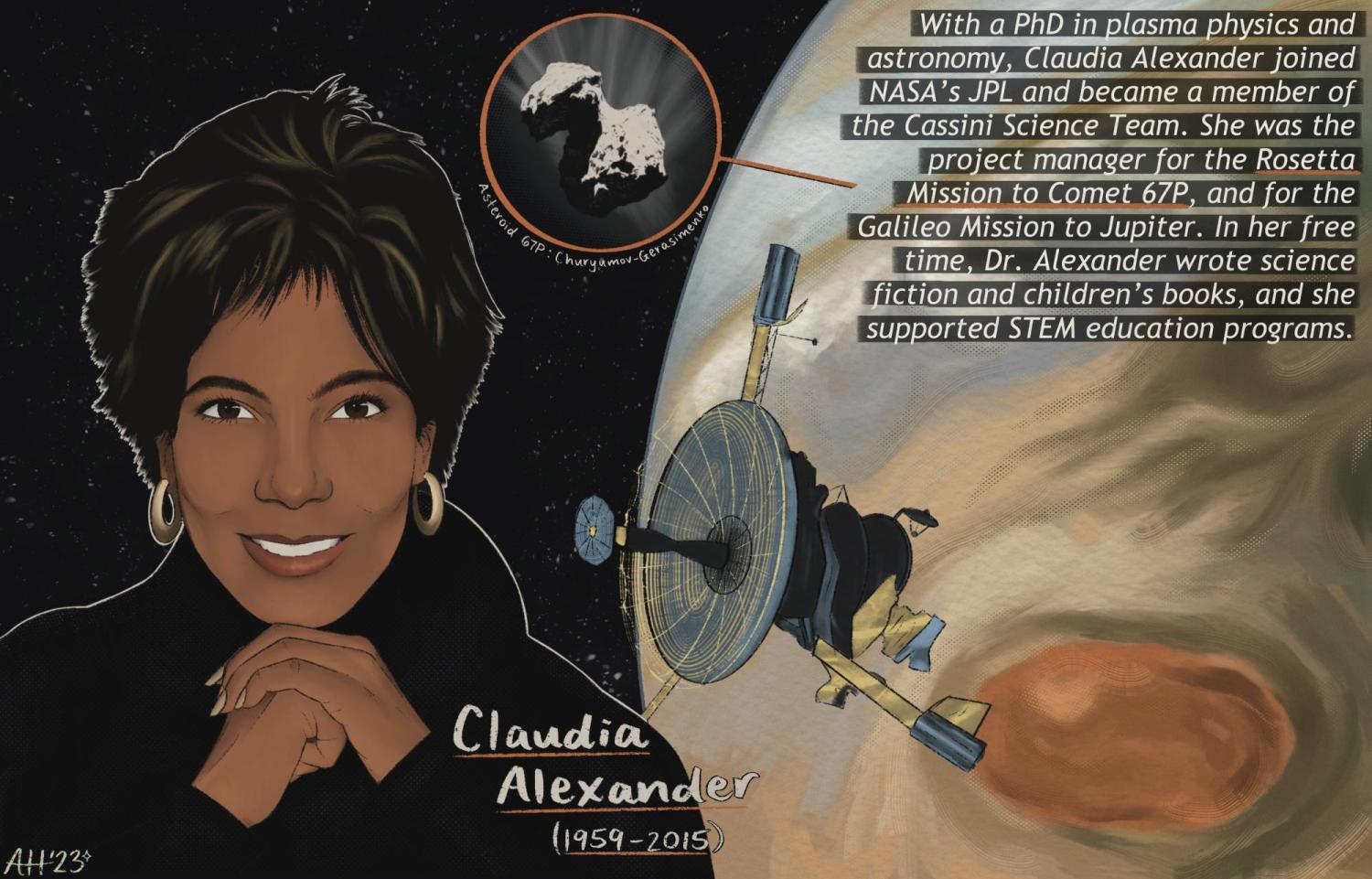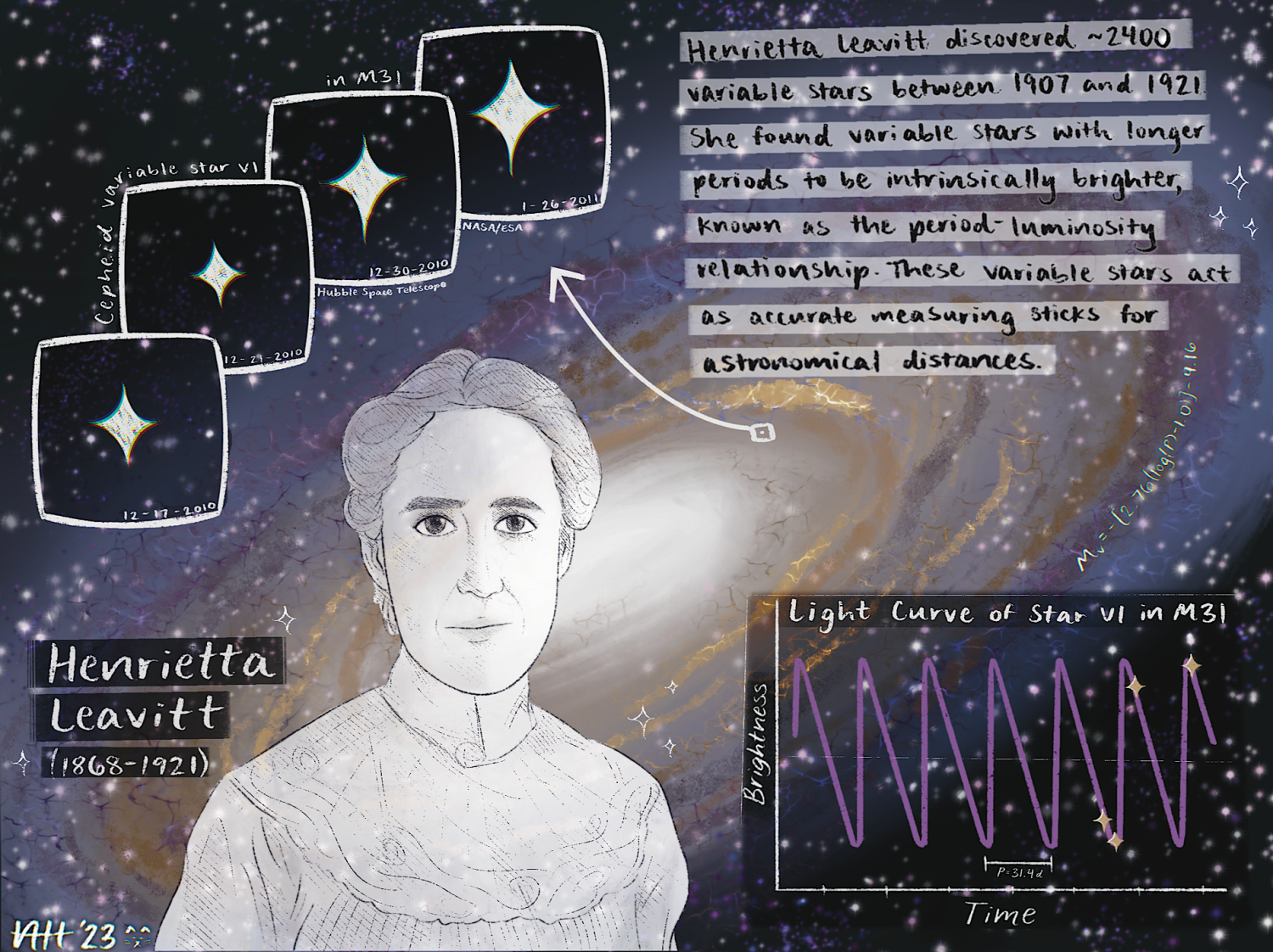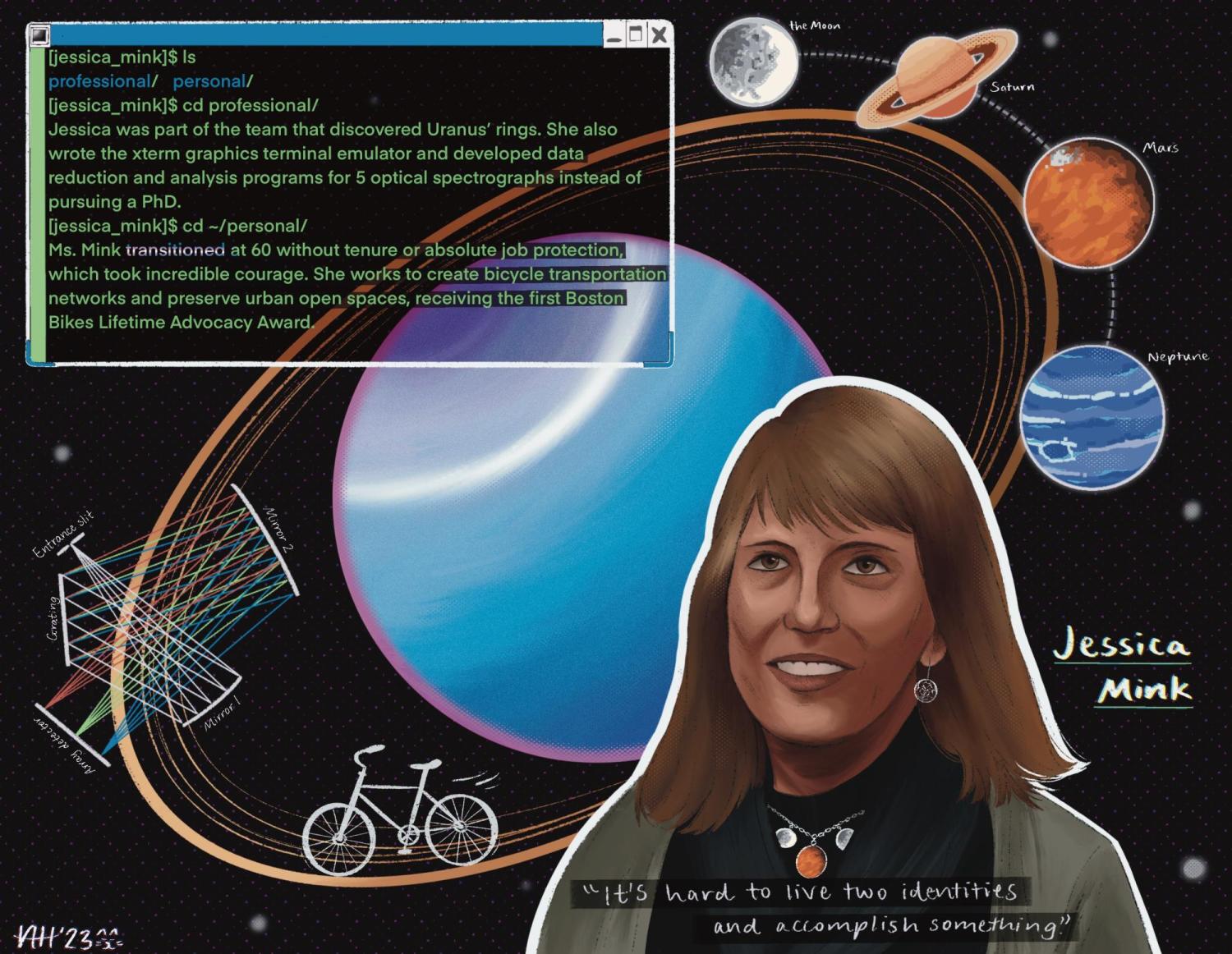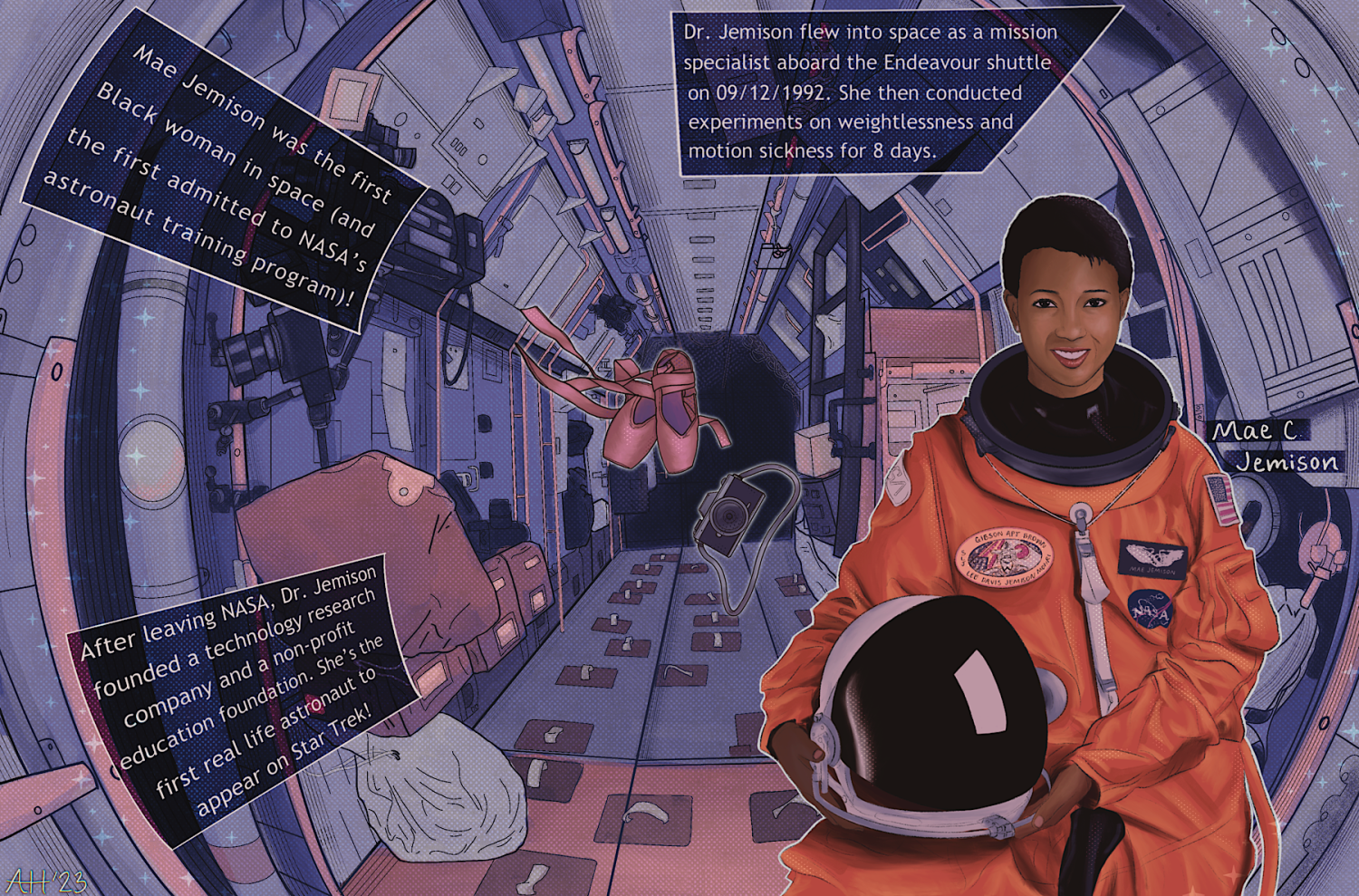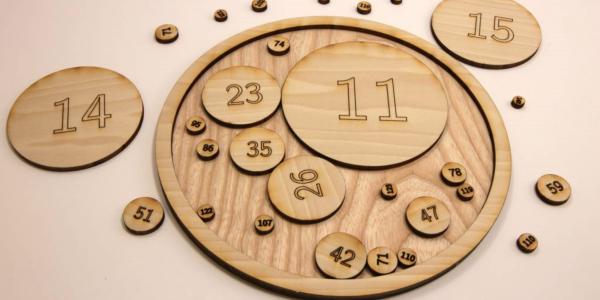College of Arts and Sciences outstanding graduate Abby Hartley embraces the complementary relationship between science and art
Some children gaze up in wonder at the boundless night sky and the universe of stars scattered in it—counting them, wishing on them, seeing shapes in them and weaving fantastical stories.
But not Abby Hartley. Abby gazed up and pondered death by black hole.
What if they (Abby uses they/them pronouns) fell into one of the massive and mysterious objects? What is the math underlying spaghettification? (Don’t ask.) (Actually, do ask: It’s the vertical stretching and horizontal compression of objects—including people—falling into black holes.) Would they be grateful for the deeper understanding of time dilation—or the phenomenon of time passing at different rates for different observers—as they were drawn farther and farther into the black hole?
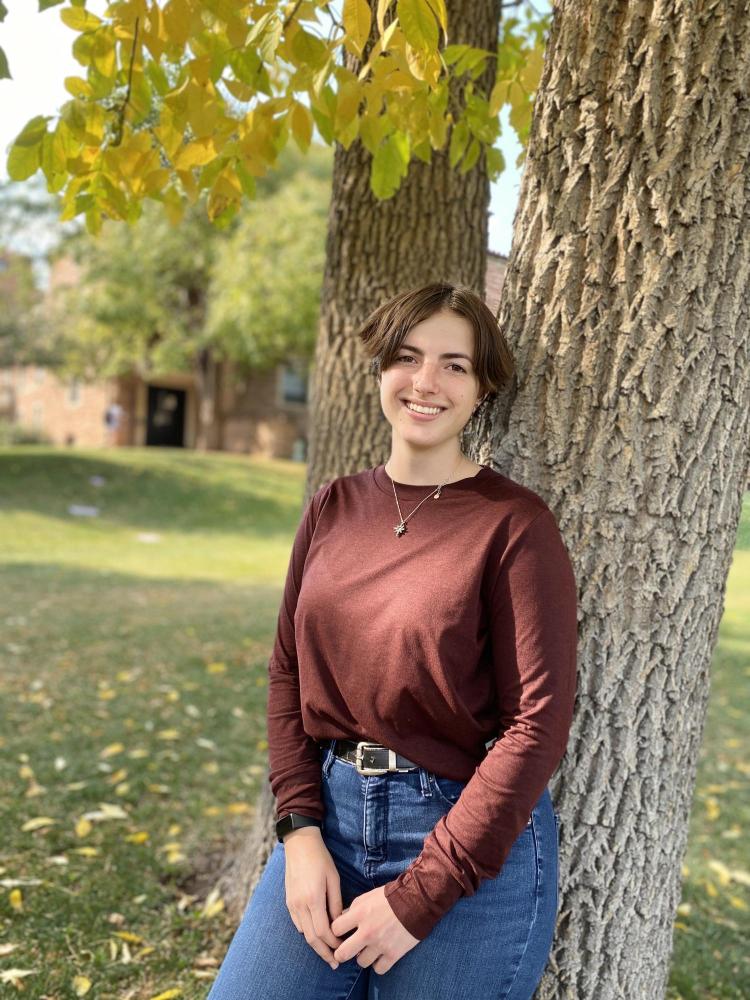
Abby Hartley, the College of Arts and Sciences fall 2023 outstanding graduate, first became interested in astrophysics by pondering death by black hole.
So, Abby pursued an astronomy and astrophysics education at the University of Colorado Boulder to get answers. Named the College of Arts and Sciences outstanding graduate for the fall 2023 semester, they are graduating this week with their honors thesis, “The First Quiescent Galaxies in TNG300," already published in an academic journal.
“Abby is a brilliant, hard-working, organized and frighteningly mature young scientist,” notes Erica Nelson, a CU Boulder assistant professor of astrophysical and planetary sciences and Abby’s research mentor and thesis advisor. “They are already operating at the level of a senior graduate student. I have no doubt that Abby will be a leader in the field.”
Which is a profoundly meaningful recognition of their hard work and expression of confidence in all that they have yet to achieve, but here’s what Abby considers a crowning accomplishment from the previous three and a half years: When Abby published their first research paper—yes, first, meaning there’s more than one—their mom proofread it before publication and their dad printed it out after. And like the proud parents they are, they stuck it on the refrigerator.
“My dad even highlighted some parts,” Abby recalls with a laugh. “He said, ‘I don’t totally understand all of it, but it’s so cool.’ Just knowing that I’ve always had that support from my family and friends has been so important. It’s a big part of why I’ve been able to accomplish what I have so far.”
Wanting to know more math
Speaking of Abby’s dad, he gets a decent amount of the credit for Abby’s first steps into science. An avid fan of science himself, he shared his passion for it by passing along the books he’d read to his adolescent child. Abby was the kid in middle school clutching a copy of The Elegant Universe and wishing they knew more math.
It wasn’t all science, though. Abby also cultivated a deep love for writing and art, nurtured by a voracious appetite for science fiction, and found as much fulfillment in pens and drawing paper as they found in the depths of differential geometry and tensor calculus.
For a long time, though, Abby thought it had to be one or the other—that declaring a major in astrophysics meant relegating art to the thing they did at home if they had time.
There was no particular moment when Abby realized that art and science can exist in symbiosis—as hand in glove rather than as two parallel but untouching tracks—but studying relativity helped.
“Initially, the rules of math and physics can seem pretty rigid,” Abby says. “But when you get to relativity, things bend a little bit more. Things are a little more fluid, and that’s been really exciting to me.”
So, while studying extragalactic astronomy as a member of Erica Nelson’s research group, Abby also tapped back into their love for art, designing an astrophysics art outreach project mentored by Zachory Berta-Thompson, a professor of astrophysics. As part of their project, Abby created digital illustrations highlighting the accomplishments of women and minorities in astrophysics; several are currently featured on the digital screens in common spaces in the Duane Physics building.
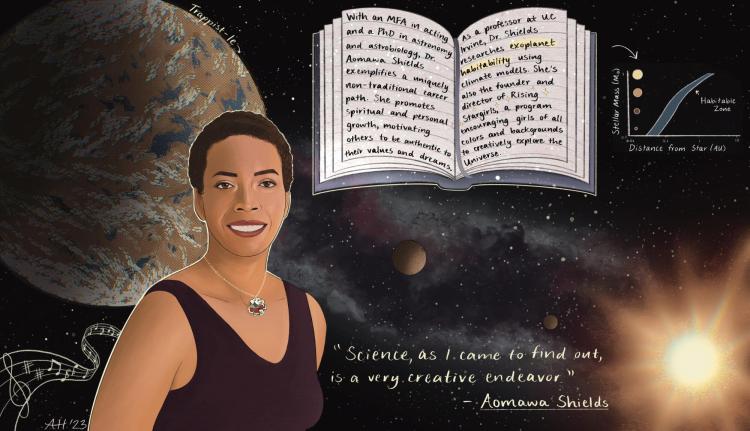
Abby Hartley's art highlighting the accomplishments of women and minorities in astrophysics includes Aomawa Shields, a University of California Irvine professor and one of Abby's heroes.
“Too many times, I’ve found myself to be the only non-male audience member in a seminar or presenter at a student talk series,” Abby says. “This inequity can be disheartening, but it has never dulled my passion for science. My goal as an astrophysicist is to help humanity unravel the mathematical mysteries of the cosmos, and to show other young scientists from historically underrepresented groups that they, too, belong in this field.
“We are all multifaceted human beings, and we shouldn’t feel pressured to stifle one passion to pursue a career in another. I was a scientist when I gave talks about my research into the first galaxies to stop forming stars in a cosmological simulation, but I was also a scientist when I painted a space-themed mural on the wall of a cat cafe.”
Abby contacted some of the scientists they featured in their art, including Jessica Mink and Aomawa Shields, and heard back from them, “so I got to talk with some of my personal heroes in astrophysics, which has been pretty amazing,” Abby says.
Pursue creative outlets
For their thesis research, Abby—whose educational path has focused on theoretical astrophysics—considered their scientific progression that began with black holes, extended to extragalactic astronomy and landed in quiescent galaxies, or galaxies that stop forming stars.
“They have dust, so in theory they should be perpetually creating stars,” Abby says. “Why aren’t they?
Using simulations from the IlustrisTNG project, a suite of cosmological galaxy-formation simulations, Abby and their research colleagues predicted that the first quiescent galaxies located by the James Webb Space Telescope will host massive black holes.
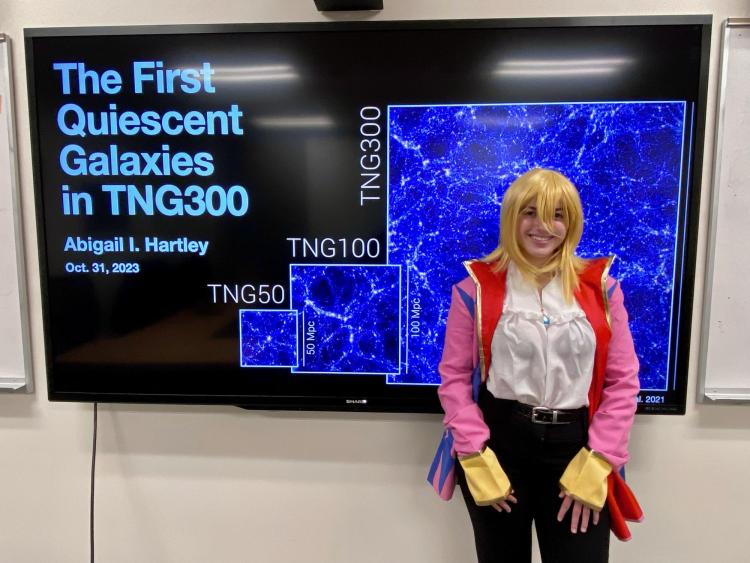
Abby Hartley defended their thesis on Halloween and, to emphasize the fact that science is fun, dressed as Howl Pendragon for the occasion.
During their research, Abby contacted noted astrophysicist Lars Hernquist at Harvard University, who became a study co-author and invited them to present their paper at Harvard. Another of Abby’s favorite memories of their studies is practicing their presentation at 2 a.m. with their mom, after going to a Beyonce concert several hours earlier, then flying to Massachusetts later that morning to present at Harvard.
Because science should be fun, Abby says, and because they defended their thesis on Halloween, they dressed as Howl Pendragon from Howl’s Moving Castle to do so and invited their thesis committee members to come in costume as well (one member came in a Starfleet uniform from Star Trek).
“I think that’s probably one of the most important things I’ve learned, that science is challenging and exciting and fun,” Abby says.
Last week, Abby submitted 11 graduate school applications and hopes to begin graduate studies next fall, which the ultimate goal of becoming a university professor and researcher. In the meantime, they will continue working with Nelson as a full-time researcher studying brand-new James Webb Space Telescope data. The one bummer is, due to scheduling conflicts, needing to give up a beloved job as a part-time barista and shelter worker at Purrfect Pause cat café in Boulder. That’s where they painted the space-themed mural, which features their cat, Oreo.
So, if Abby could offer advice to anyone considering a leap into science, they would “encourage other students to pursue their creative outlets alongside their technical research, so that no one feels like they have to leave a part of themselves behind to do scientific work.”
Abby Hartley creates digital art highlighting the the accomplishments of women and minorities in astrophysics

